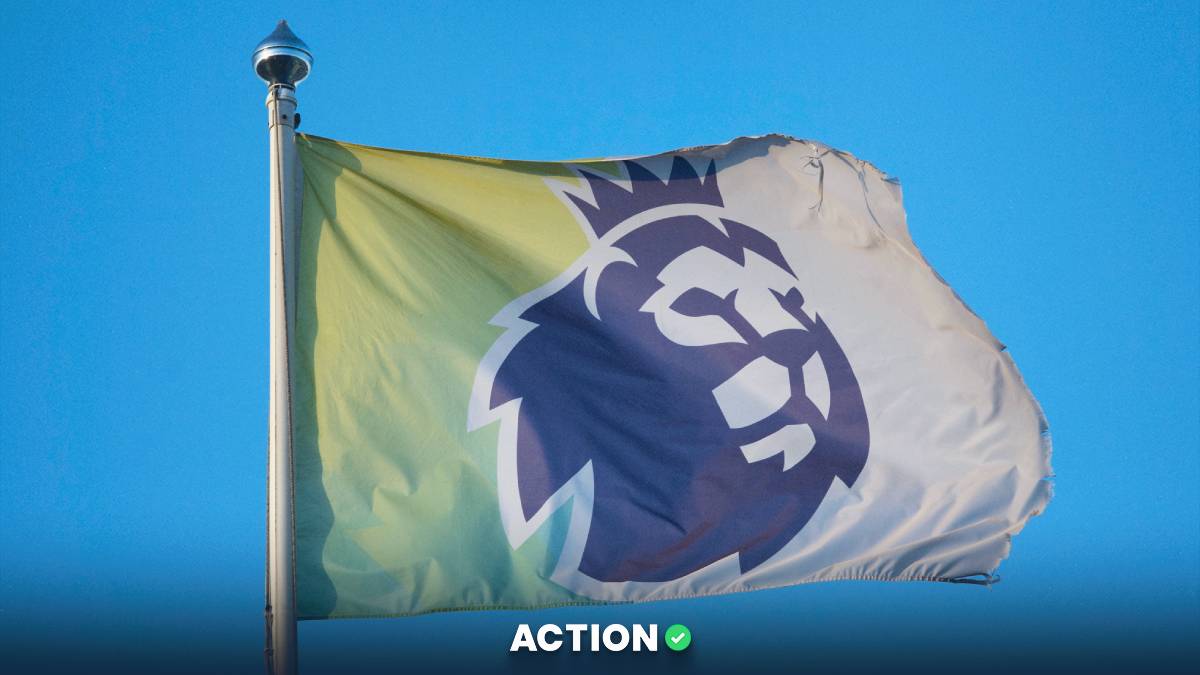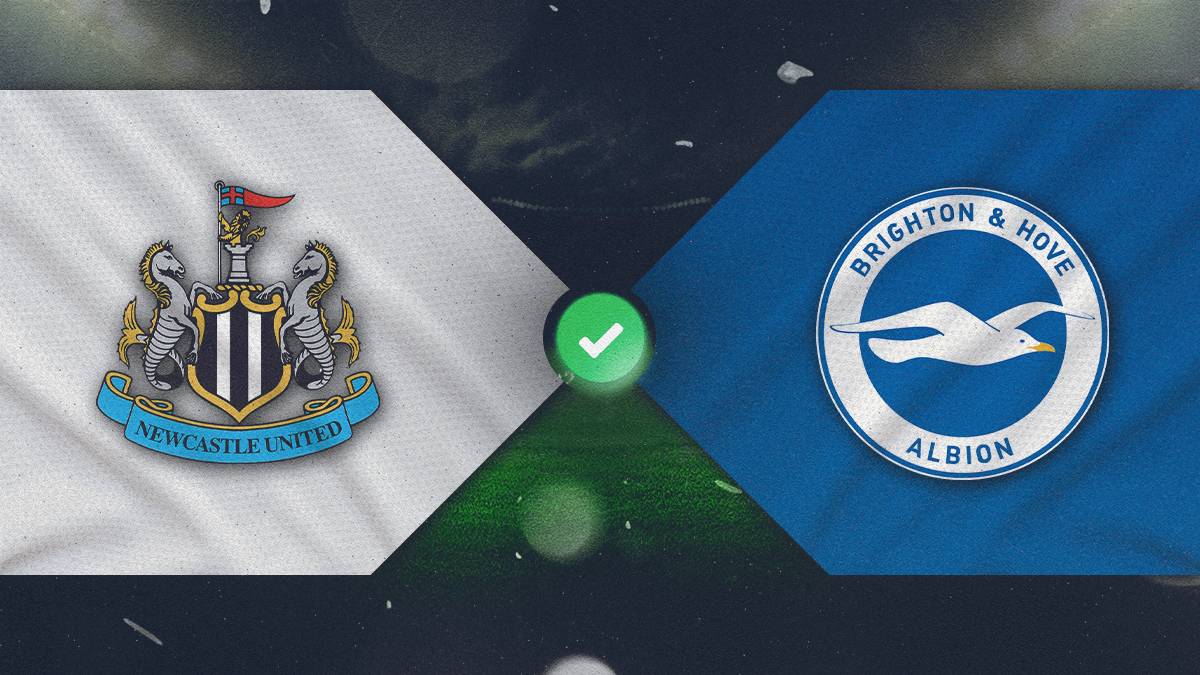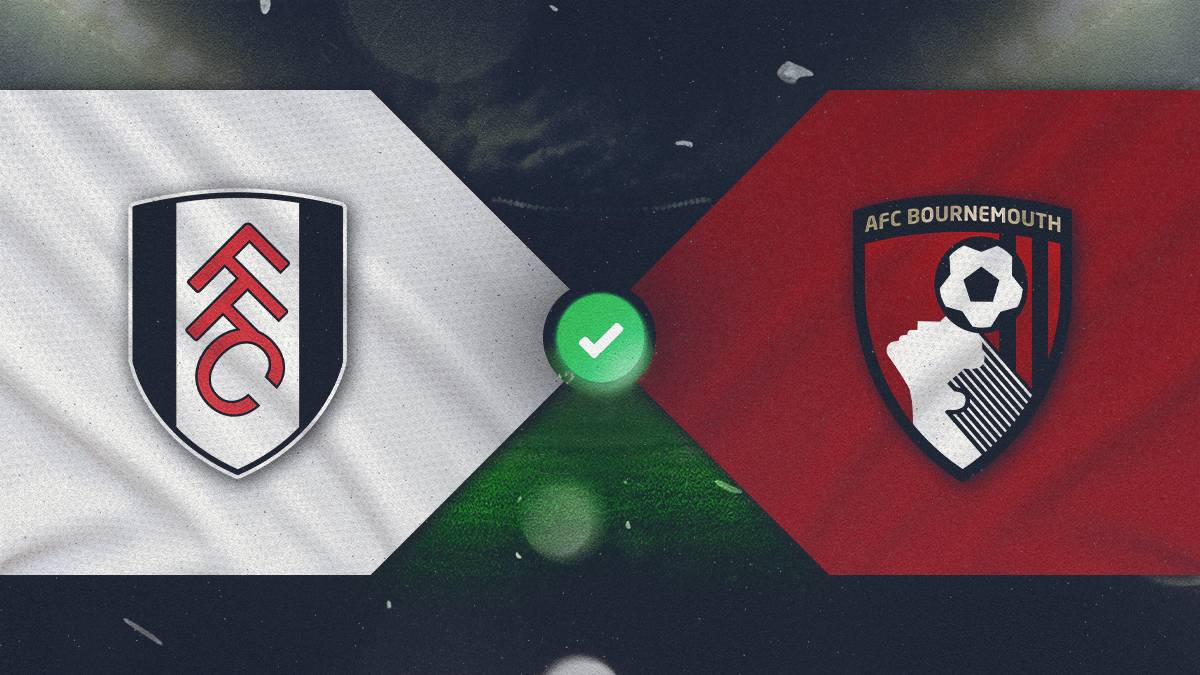- Lionel Messi's Inter Miami jersey is the hottest thing in sports right now after his electric start to his stint in America.
- Messi scored the game-tying goal late in a game against FC Dallas to take the game to penalties, which Inter Miami won.
- It was Messi's seventh goal in four games, from which he's already added to his extensive highlight reel.
No one in the entire world sells more jerseys than Lionel Messi.
And yet, despite Miami and the MLS' efforts to capitalize on the Messi madness, they're already way behind.
Exacerbating that issue is the fact that Messi has already gotten off to a scintillating start, scoring the game winner in extra time off a career-highlight-reel worthy free kick in his debut and scoring two goals with an assist in his next game.
Try to buy any jersey on any site and you'll get a message that the earliest you will receive the jersey will be in October.
How is that even possible?
Adidas didn’t respond to our inquiries about where the jerseys were being made or how the supply chain worked, so we tracked down an expert to tell us why.
“What they have to do here is make an enormous amount of jerseys, but in order to do that at the costs and margins that are expected, they can’t greatly speed up the process,” said Dr. Steven Carnovale, associate professor of supply chain management at FAU and co-editor-in-chief of the Journal of Purchasing and Supply Management.
Further amplifying the problem is that Inter Miami's home jersey is pink, which isn't a common color. Carnovale said many textile makers may not have much pink dye on hand, compared to ample amounts for common colors like red and blue.
The insane demand for Messi jerseys may result in a decrease in supply of other jerseys, even Premier League or La Liga ones, Carnovale said. Factories and manufacturers may divert resources that would have been dedicated to Manchester United or Real Madrid jerseys to Messi kits, causing more disruptions across the supply chain.
This is an especially distinctive possibility should demand in Messi jerseys persist into the European regular season, which is set to kick off next month.
And this isn't just an American problem, either. Supply chain issues may persist internationally — which has the added effect of greatly buoying the market for fake jerseys.
Most manufacturing has taken place across Asia, namely in China, Indonesia, the Philippines or Vietnam. And that stock isn't coming quickly — it needs to be sent over by boat.
Air shipping costs two to five times more money, Carnovale said. And a single boat shipment from Asia takes about 30 to 45 days to land and process on the East Coast.
That could make even an October landing a conservative estimate.

























































